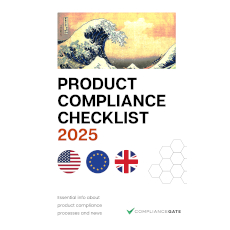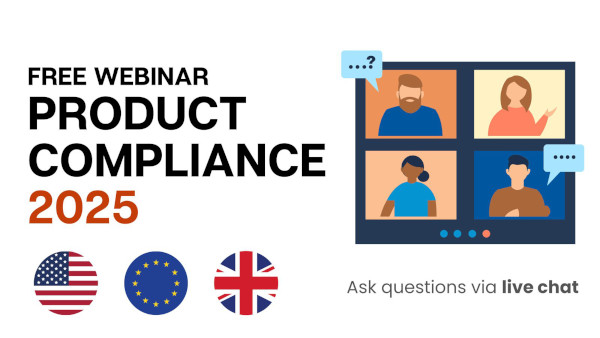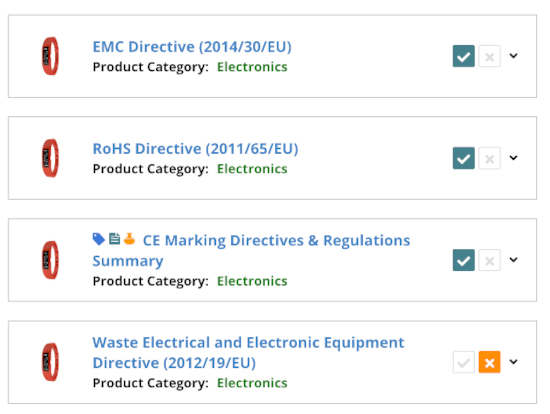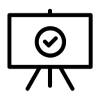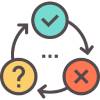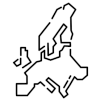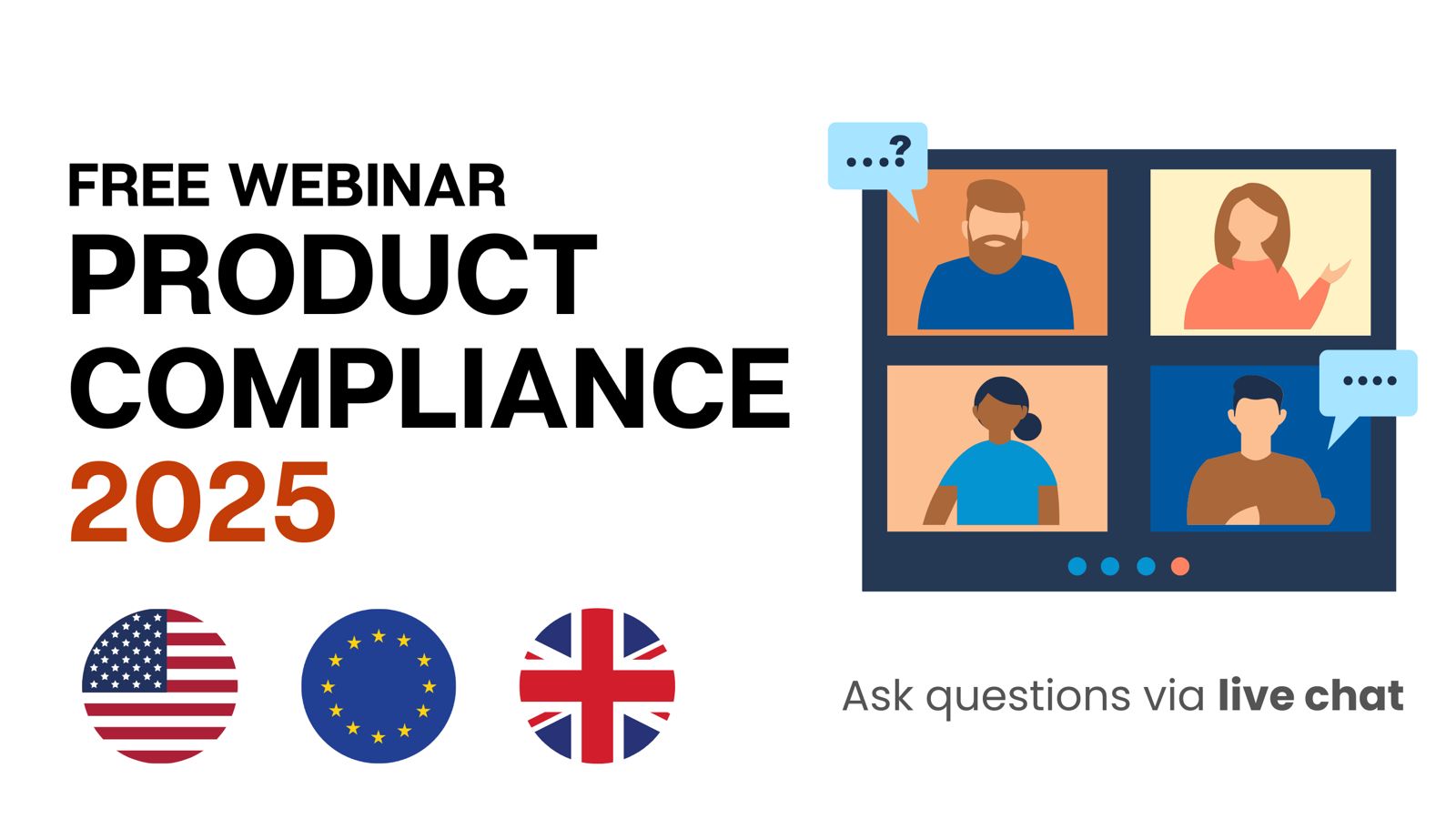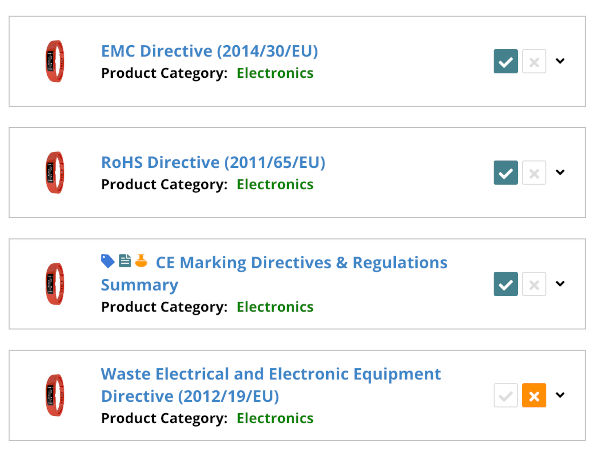Children’s products sold in the United Kingdom are subject to safety standards, labelling, documentation, and testing requirements. This is the case both for toys and other children’s products, such as high chairs, strollers, cribs, baby carriers, and drinking bottles.
In this guide, we take a closer look at regulations that are highly relevant to children’s products, such as the General Product Safety Regulations 2005, the Toys (Safety) Regulations, and the UK REACH regulation.
Note: This article does not cover requirements for Northern Ireland, which is generally aligned with EU product safety requirements.
Content Overview

FREE CONSULTATION CALL (US, EU & UK)
- Request a free 30-minute call with Ivan Malloci to learn how we can help you with:
- Find product requirements
- Certification and labeling
- Lab testing
The General Product Safety Regulations 2005
The General Product Safety Regulations 2005 establish safety requirements for consumer products whose safety aspects and risks are not fully covered by other regulations. This includes many categories of children’s products, such as children’s furniture, children’s gym equipment, and childcare articles, for which no other specific safety regulations exist.
Here are some examples of products impacted by the General Product Safety Regulations 2005:
- Soothers
- Carry cots and stands
- Baby walking frames
- Changing units for domestic use
- Children’s high chairs
Conversely, the General Product Safety Regulations 2005 would not cover products whose safety aspects are fully covered by other regulations. Although, as far as we know, the regulations do not explicitly say the reason for this, this could be because in this case, the objectives of the General Product Safety Regulations 2005 are already satisfied.
Finally, there are cases in which the General Product Safety Regulations 2005 would only apply in part. Take a phone charger as an example. While electrical safety is covered by The Electrical Equipment (Safety) Regulations, other aspects such as mechanical safety would be covered by the General Product Safety Regulations 2005.
Here are some of the main requirements for importers and manufacturers:
a. Ensure that products are safe to use and comply with relevant safety standards
b. Providing consumers with relevant warnings and instructions
c. Affix the correct traceability information on the product or its packaging
Referenced standards
You should use referenced standards, if such standards exist for your product, to ensure that your product complies with the requirements of the General Product Safety Regulations 2005. Here are some examples of such standards:
EN 1466 – Child use and care articles – Carry cots and stands – Safety requirements and test methods
EN 1273 – Child use and care articles – Baby walking frames – Safety requirements and test methods
EN 12221-2 – Child use and care articles – Changing units for domestic use – Part 2: Test methods
EN 14988 – Children’s high chairs – Requirements and test methods
If no reference standards can be found for your product, you should still use national standards such as British Standards (BS), EN standards or international standards in order to ensure that your product is safe.
Documentation
The General Product Safety Regulations 2005 require you to provide instructions for the product, when applicable. This could include instructions for assembly, installation, maintenance, use or disposal.
You should also maintain a register of complaints regarding the product’s safety, if necessary. In the regulations we could not find a list of cases in which a register of complaints is necessary. However, there could be a need for it when you receive complaints, returns or reports concerning safety aspects from your customers (e.g. products easily breaking into small parts that a child could ingest).
Labelling requirements
The producer should ensure the traceability of its product by specifying, either on the product or its packaging:
- Company name and address, or
- The product reference, or
- The product batch
Note that producer means either:
a. The manufacturer in the UK, including companies that affix their name, trade mark or brand in the product, or
b. The importer, where the manufacturer is not established in the UK
The producer should also provide warning information when necessary, for instance, if the product may pose risks to children. Note that product standards may also set product-specific warning requirements.
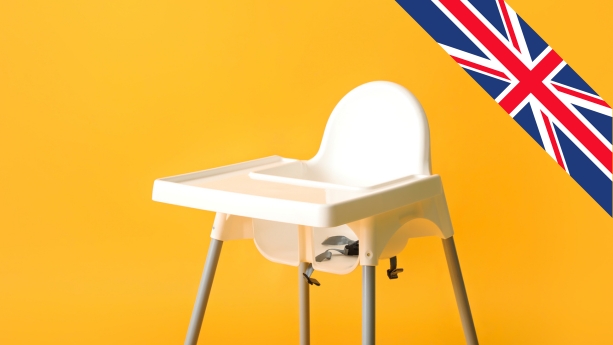
The Toys (Safety) Regulations 2011
The Toys (Safety) Regulations set safety requirements for toys designed for play or meant to be played with by children under 14. They cover toys such as:
- Domestic-use trampolines
- Olfactory board games
- Electric toys
Importers and manufacturers should comply with the Regulations by:
a. Ensuring product safety and conformity to designated standards, via the necessary testing
b. Providing the relevant documentation (e.g. test report, Declaration of Conformity)
c. Properly labelling the product (e.g. UKCA marking, traceability information)
Designated standards
Complying with relevant designated standards is necessary in order to ensure that your product conforms to the requirements of the Toys (Safety) Regulations.
A list of these standards can be found in the Guidance page “Designated standards: toy safety”. It includes the EN 71 standard series (e.g. EN 71-1 and EN IEC 62115, which cover the safety of electric toys).
Documentation
Here we list the key documentation requirements of the regulations.
| Title | Description |
| Declaration of Conformity | The regulations mandate you to provide a Declaration of Conformity, which should contain the items listed in Schedule 3. |
| Technical documentation | You need to draw up technical documentation for your toys. It should contain the items listed in Schedule 4. |
| User instructions | You should make sure that you include user instructions with your product. |
| Test report | The regulations mandate product testing and the provision of test reports as part of the technical documentation. |
Labelling requirements
Here we list the key labelling requirements of the Toys (Safety) Regulations.
| Title | Description |
| UKCA marking | 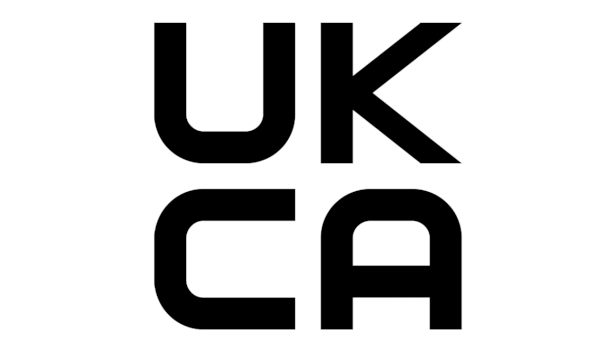
The UKCA marking indicates the product’s compliance with regulatory requirements. |
| CE marking | 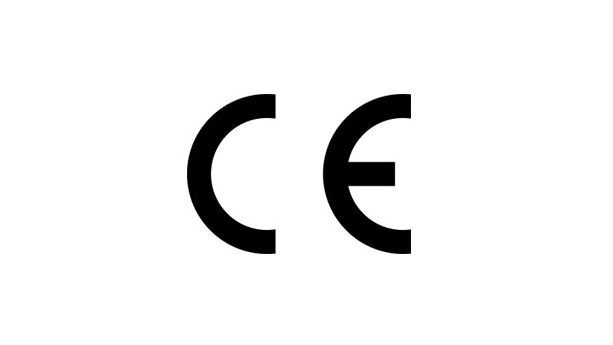
You can also opt to affix the CE marking instead of the UKCA marking. This indicates that the product complies with the EU requirements. Note that CE marking is currently indefinitely accepted for toys. |
| Product traceability | You should provide the following traceability information on your product, its packaging, or accompanying document:
|
| Warning labels | You should provide warnings with your product per Schedule 5. The warnings should contain information such as the user’s age range and weight, abilities, and the need for adult supervision under use, as appropriate.
Part B of Schedule 5 sets product-specific warnings. For instance, toys in food should contain the warning: “Toy inside. Adult supervision recommended”. |
REACH Regulation (EC) 1907/2006
The REACH Regulation (EC) 1907/2006 restricts the use of substances in consumer products, such as those for children, in the United Kingdom.
The requirements are similar to the ones set by the REACH Regulation in the EU, as the regulation was assimilated in the United Kingdom from the EU’s Regulation. However, some of its requirements – e.g. specific substance restrictions – may differ.
Restricted Substances (Annex XVII)
Annex XVII contains restricted substances, some of which apply to children’s products. Here are some examples of substances that are restricted in childcare articles:
- Dioctyltin (DOT) compound (as an organostannic compound)
- Polycyclic-aromatic hydrocarbons (PAH)
- Phthalates (DEHP, DBP, BBP, DIBP, DINP, DIDP, DNOP)
Note that, according to the Regulation “childcare article” generally indicates products that are meant to facilitate the child’s sleep, feeding, hygiene and other activities.
UK REACH Candidate List
The UK REACH Candidate List contains carcinogenic, mutagenic, reprotoxic (CMR), persistent, bio-accumulative, and toxic (PBT) substances. Here are some examples of listed substances that may be found, for instance, in the plastic or metal components of children’s products:
- Lead
- Cobalt
- Arsenic
You should notify the UK’s Health and Safety Executive (HSE) if your product contains more than 0.1% by weight of a restricted substance.
The REACH Enforcement Regulations 2008
These regulations are meant to set out who should be responsible for enforcing the requirements – e.g. substance restrictions – of the REACH Regulation (EC) 1907/2006 in the United Kingdom. It also mentions a list of offences and the relevant penalties in the case of non-compliance.
Persistent Organic Pollutants Regulation (EU) 2019/1021
The Persistent Organic Pollutants Regulation restricts the usage of POPs and articles containing POPs. For instance, children’s products may contain POPs used as flame retardants, water repellants, and pesticides.
As for the REACH Regulation, this regulation was also assimilated from its corresponding EU regulation. Having said that, some of the requirements (e.g. restricted substances) may diverge, due to the fact that both the EU and UK versions of the regulation have been updated after Brexit.
Here we list some examples of restricted POPs that could be found in children’s products:
- PFOA – used as water repellency on textiles
- Hexabromocyclododecane – used as flame retardant
- DDT – used as pesticide that can be found on cotton, for example
The Persistent Organic Pollutants Regulations 2007
The Persistent Organic Pollutants Regulations aim to enforce the requirements of the Persistent Organic Pollutants Regulation (EU) 2019/1021 in the United Kingdom. They set penalties, application fees, and other requirements.
Other Children’s Products Regulations
In this section, we list regulations for electronics, textiles, personal protective equipment and food contact materials that may be relevant to children’s products. Note that these can apply in addition to other regulations mentioned in this article.
| Regulation | Purpose | Product Examples |
| The Electromagnetic Compatibility Regulations 2016 | It sets electromagnetic compatibility requirements for electronics | Electrical and electronic products for children |
| The Restriction of the Use of Certain Hazardous Substances in Electrical and Electronic Equipment Regulations 2012 | It sets restrictions for certain hazardous substances in electrical and electronic products | Electrical and electronic products for children |
| The Waste Electrical and Electronic Equipment Regulations 2013 | It sets requirements relating to the disposal of electrical and electronic products | Electrical and electronic products for children |
| The Electrical Equipment (Safety) Regulations 2016 | It sets requirements for electrical products for use between 50 and 1,000 volts (AC) and 75 and 1,500 volts (DC) |
|
| The Radio Equipment Regulations 2017 | It sets requirements for wireless communication and radio equipment |
|
| The Ecodesign for Energy-Related Products Regulations 2010 | It sets requirements for certain energy-related products |
|
| Energy Labelling Framework Regulation (EU) 2017/1369 | It sets labelling requirements for certain energy-related products |
|
| The Batteries and Accumulators (Placing on the Market) Regulations 2008 | It sets requirements for batteries and accumulators |
|
| Textile Labelling and Fibre Composition Regulation (EU) 1007/2011 | It sets labelling requirements for textile products |
|
| Personal Protective Equipment Regulation (EU) 2016/425 | It sets requirements for personal protective equipment (PPE) |
|
| The N-nitrosamines and N-nitrosatable Substances in Elastomer or Rubber Teats and Dummies (Safety) Regulations 1995 | It sets requirements for teats and soothers |
|
| Timber Regulation (EU) 995/2010 | It sets requirements for certain wooden products |
|
| Food Contact Materials Framework Regulation (EC) 1935/2004 | It sets requirements for food contact materials | Food contact products for children |
| Good Manufacturing Practice for FCM Regulation (EC) 2023/2006 | It sets requirements for the manufacturing of food contact materials | Food contact products for children |
| Plastic FCM Regulation (EU) 10/2011 | It sets requirements for food contact materials containing plastic | Plastic food contact products for children |
| Restriction of Use of Certain Epoxy Derivatives in FCM Regulation (EC) 1895/2005 | It sets restrictions for certain epoxy derivatives used in food contact materials | Plastic food contact products for children |
| Recycled Plastic FCM Regulation (EC) 282/2008 | It sets requirements for recycled plastics used for food contact materials | Recycled plastic food contact products for children |
| The Materials and Articles in Contact with Food (England) Regulations 2012 | It implements the Food Contact Materials Framework Regulation (EC) 1935/2004, and sets requirements for ceramic articles and regenerated cellulose film |
|
| Active and Intelligent FCM Regulation (EC) 450/2009 | It contains requirements for active and intelligent that are food contact materials | Active food contact materials for children |
| Use of Bisphenol A in Varnishes and Coatings Regulation (EU) 2018/213 | It sets restrictions for the use of Bisphenol A in varnishes and coatings on food contact materials |
|
| Polyamide and Melamine Plastic Kitchenware from China or Hong Kong SAR (China) Regulation (EU) 284/2011 | It sets requirements for polyamide and melamine plastic kitchenware that come from China and Hong Kong SAR (China) | Plastic kitchenware for children |
Lab Testing
You should get your product tested to prove compliance with regulatory requirements. Testing of children’s products is generally based either on standard requirements or substance restrictions. For instance, the EN 71 standard series for toy safety covers flammability, and mechanical and physical properties of toys, among other requirements.
Some regulations, such as The Toys (Safety) Regulations, require product testing and the provision of a test report as part of the technical documentation. Other regulations may not explicitly mention third-party testing, but you should still get your product tested as a practical necessity to ensure it complies with the relevant requirements and is safe for use.
If your product passes testing, you receive a report proving that your product complies with the regulatory requirements.
Baby and children’s products testing companies in the UK
Here are several companies that have labs in the UK that claim to test children’s products against UK regulations:
- Intertek
- Eurofins
- SGS
- TÜV Rheinland


